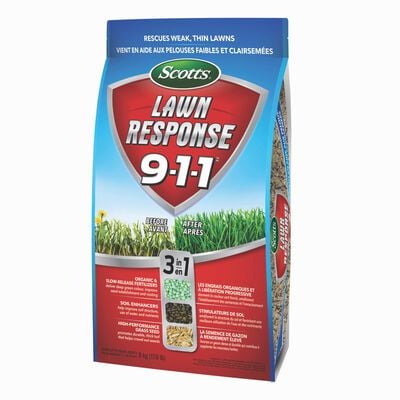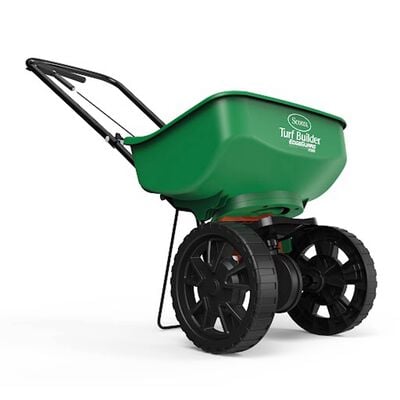
How to Overseed a Thin Lawn
If your lawn is looking thin and worn, overseeding can help you get back to the thick, lush, green lawn you've always wanted.
Reinvigorate Your Lawn
Is your lawn looking weak and thin? Overseeding can help you get back to the thick, lush, green lawn you're looking to achieve. By spreading grass seed over your existing lawn, you can thicken up the thin areas and get your lawn looking terrific again. (This is different from reseeding, which is when you start over and plant a completely new lawn.)
When to Overseed
The best time to overseed your lawn is in the fall, when the soil is still warm but the air is cooler and there are fewer weeds for new grass to compete against. Since your trees are starting to shed their leaves, there's plenty of sunlight. However, if you are unable to overseed in the fall, your next best option is the spring.
Why Overseed?
Over time, grass gets old and needs to be replaced. Worn-out lawns invite weeds. Overseeding is a fast, inexpensive way to help bring your lawn back to its lush, green self without tearing everything out and starting over.
1. Mow Low
Before overseeding your thin lawn, cut your grass shorter than normal and bag the clippings. After mowing, rake the lawn to help loosen the top layer of soil and remove any dead grass and debris. This will give the grass seed easy access to the soil so it can root more easily after germinating.
2. Choose a Grass Seed
Choose a product specially designed to thicken thin lawns, such as Scotts® Lawn Response 9-1-1®, which combines grass seed, fertilizer, and a soil improver into one easy-to-use product you apply with a spreader.
3. Improve the Soil
If you're using a grass seed product such as Scotts® Turf Builder® Quick + Thick™ Grass Seed Sun - Shade to overseed your lawn instead of Scotts® Lawn Response 9-1-1®, a good idea is to rake in a thin, 0.25-inch layer of enriched soil over your lawn prior to application to help the seed settle in. Don't put so much down that you kill your existing grass; less than a quarter of an inch is plenty. Scotts® Enriched Lawn Soil works well for this purpose.
4. Spread the Seed
You've cut the lawn short, raked it, and removed any debris, and now comes the easiest part of the overseeding process. Just fill up your spreader, adjust the setting according to the label directions, and apply. Don't have a spreader yet? The Scotts® Whirl™ Hand-Powered Spreader is an excellent choice for small lawns—it's simple to use and spreads product quite smoothly. For larger lawns, Scotts® Turf Builder® EdgeGuard® DLX Broadcast Spreader or the EdgeGuard® Mini are great options.
5. Feed and Water
To give your new grass seedlings the essential nutrients they need for fast growth, apply Scotts® Turf Builder® Starter® Food for New Grass after you've spread the grass seed. No need to do this with Scotts® Lawn Response 9-1-1® since it already contains all the nutrients your new grass needs. Afterward, no matter which product you used to overseed, be sure to keep the soil consistently moist by lightly watering once or twice a day until the seedlings have reached the height of the rest of your lawn.


.jpg?sw=400&sh=400)
